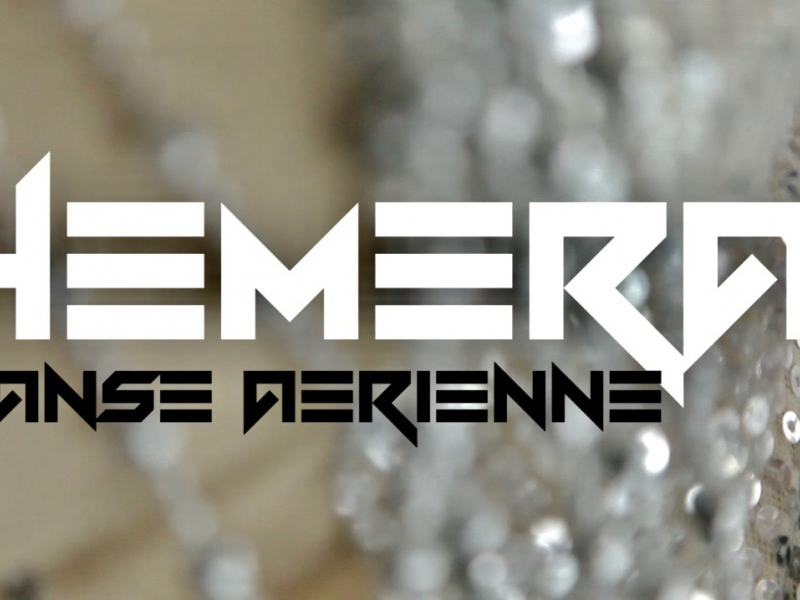
Cairo Stories opens a space for embodying a new subjectivity. It is through both writing and foregrounding the collective female voice that. The work expands the artist's concerns with notions of representation, history, subjectivity and translation – particularly as these ideas circulate across cultures. The interviews were a collaboration between the artist and the subjects, insofar as the translators and interviewees were active participants in both the narrative arc of their stories and the development of the project as a whole. Cairo stories, 2012 is based on more than 200 interviews conducted with women from various social and economic classes in Cairo between the US invasion of Iraq in 2004 and the Egyptian Revolution in 2011. This philosophical position of écriture féminine directly addresses the transformation of subjectivity and contention of sanctioned identity.

Since the 1970s, feminists such as Hélène Cixous have also written about the continued importance of self-historicization by women to 'transform their history, to seize the occasion to speak'. Jeanne Duval, a recurring figure in Sulter's work, was Charles Baudelaire's muse who appeared in an early photograph by Nadar captioned Unknown Woman, and represents displacement, invisibility and the intertwining of seemingly disparate cultures. Made from cut material of books and catalogues on African and European art, travel and vernacular images, the prints are concerned with fragments, traces and disappearance.

#Hemera lille series#
Syrcas, is a series of large scale reproductions of small photomontages. Sulter was a writer, artist, poet and publisher who moved between a literary and visual practice utilising vernacular language and images as a tool to create visibility for black women in dominant historical narratives, as well as highlighting the relationship between European and African histories and cultures. Maud Sulter's photomontage diptych Duval et Dumas, 1993 from the series Syrcasprovides historical context for this exhibition. This consideration of the self in relation to, and together with others, draws away from the photographic as exacerbating difference or the implicated position of a directed camera, and generates an argument for collaboration and collectivity. The enabling of voice(s) of authorship whereby subjectivity is activated in order to challenge the ideology of individualism and the singularity of the art historical canon and history itself, is what Janet Staiger describes as the 'technique of the self'. Each artist utilises language and the literary in dialogue with image-making to harnesses the intertextual, as archival photographs and stock footage are transformed through repetition, re-staging and re-imagining.

Representation of western history through both image and text, with the inherent parallels between notions of historical and photographic truth, and the legacy of radical image/text practice in the 1970s and 1980s is central to the development of this exhibition. Grant suggests broadening notions of what constitutes primary texts, and exploring more rigorous methods of interactional, inter-subjective, or interdisciplinary approaches to critical analysis, also for artists' to broaden auteurial imaging. The exhibition title, Secret Agent, is inspired by artist Oreet Ashery and academic Catherine Grant, who describe feminist cultural production as an 'invisible agent' and generative informant for 'different kinds of subjectivity and agency under patriarchy'. Acts of image-making, archiving, and guerilla information tactics enable visibility and challenge relationships between author and authority. The six artists in the exhibition actively challenge the institutional structure of history and patriarchal authority – and imagine alternative narratives through the specificity of lens-based media. Secret Agent is a group exhibition composed from the viewpoint of feminist authorship and forms of collaboration in contemporary photography and film making practices.


 0 kommentar(er)
0 kommentar(er)
